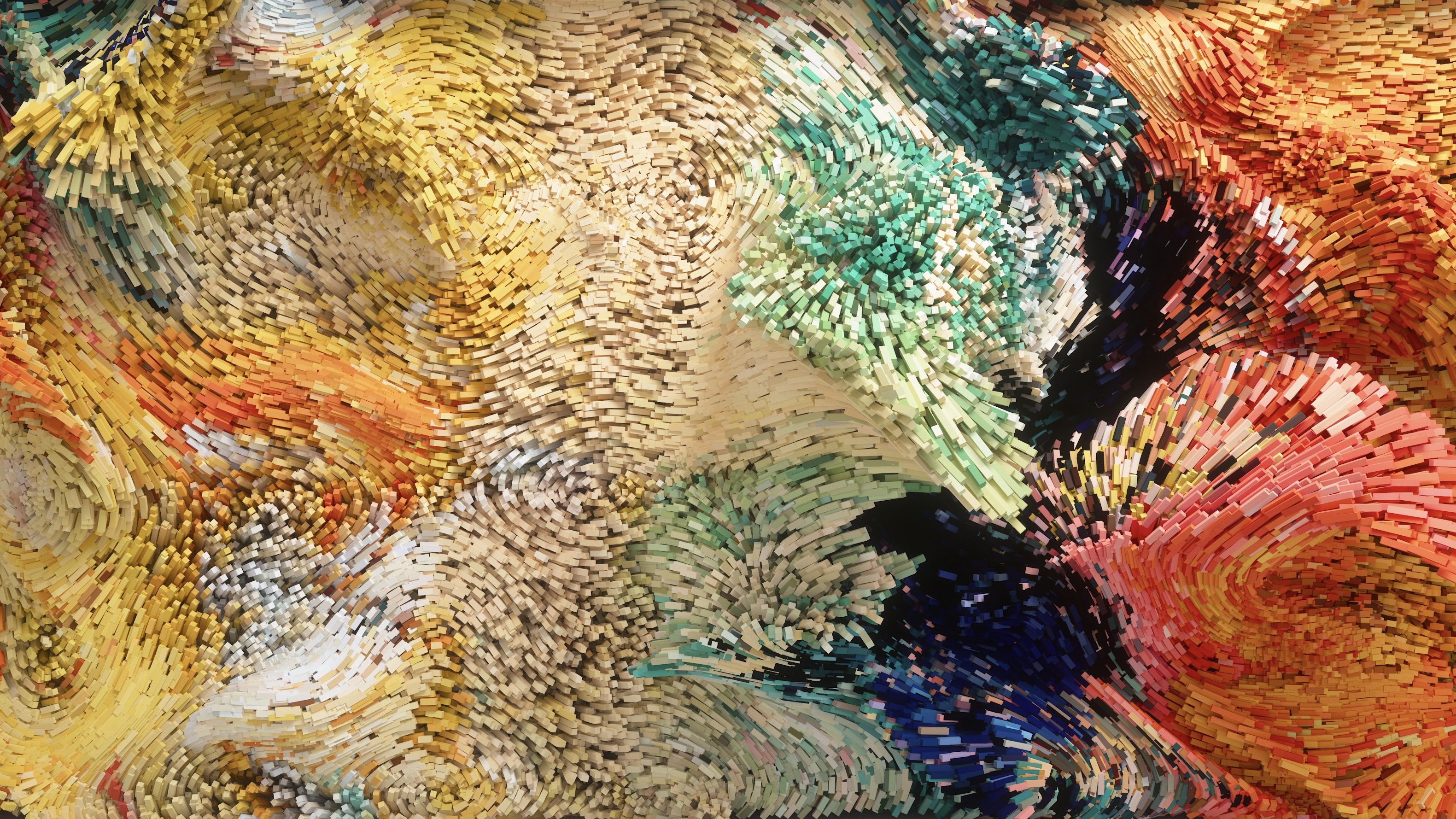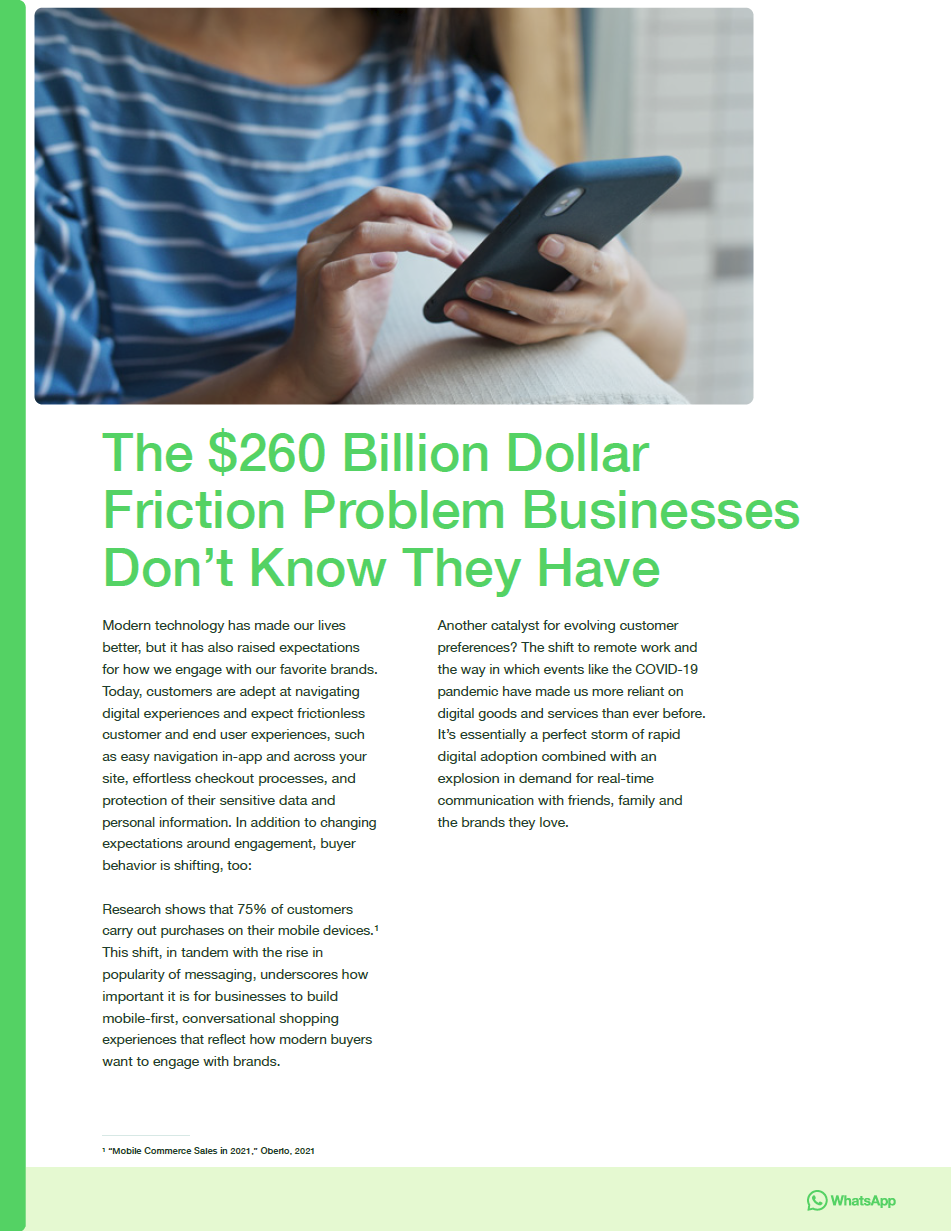Art is on its knees – and AI will deliver the killer blow
With government cuts and a drowning economy already threatening artists, cutting-edge tech has arrived to finish the job


If you, like me, are very online, you too will have been left awestruck by the astonishing DALL·E 2 renderings that went viral in April – as well as the comically absurd images generated by its younger cousin, DALL·E 2 mini. Dodgy faces and memes aside, the scale of this breakthrough was obvious. But it represents just one step in a new era of artificial intelligence (AI), with the likes of GPT-4, and other frameworks, only set to make further waves. Rather than piquing my excitement, though, all it did was hasten my descent into extreme technophobia; should this be our future, it’s clear it’ll have to be one without artists.
News that an AI-generated piece of artwork won first-place at the Colorado State Fair’s fine art competition, as reported by Vice, was a watershed moment. Writing on Discord, the user Sincarnate revealed he “set out to make a statement” by fine-tuning a prompt using Midjourney and entering it into a competition. Good for him; this is, on one hand, a pure expression of human ingenuity, but it comes at the cost of consigning another element of our humanity to the dustbin of history.
Artists get a bad rap, and our modern free market economy doesn’t seem to place much value on their contributions. Efficiency, viability and value-for-money are prized beyond all other factors in training and in pursuing a career. Education is no longer an endeavour in and of itself, rather a means by which to earn enough to survive ever-rising energy bills. With STEM at the forefront, too, art – and humanities – is yesterday’s jam. Sure, we value our artistic heritage, but artists today can’t afford to pay rent. We love Netflix and Amazon Prime, but small theatres (at which tomorrow’s stars ply their trade) are shutting down en masse. We cry out for more ‘soft skills’, but our government is consistently cutting funding for courses that develop them. Art is on its knees, and AI has arrived just in time to finish the job.
On several fronts, technology is threatening the viability of human artistic expression. DALL·E 2 didn’t frighten me because scientists can generate an image of ‘teddy bears working on new AI research underwater with 1990s technology’, but because of what might come next. The use cases for DALL·E 2 are vast, and could mean fewer opportunities for photographers, graphic designers and illustrators, as demonstrated by this arresting Datacenter Dynamics article.
RELATED RESOURCE

Remove barriers and reconnect with your customers
The $260 billion dollar friction problem businesses don't know they have
NFTs, meanwhile, have been devastating for creatives, with many who’ve designed the images (that trade for millions) left with pennies. What might the likes of GPT-4, and future editions of the language model, hold for writers? Even though LaMDA (probably) isn't sentient, finally, it still can generate a pretty basic story that beats most of what Marvel's churned out lately. Merge that with some image generation, NLG, maybe some deepfakes, and who needs Tarantino anymore?
Art has been the great facilitator of human expression for thousands of years, and progress of this flavour represents only a means to outsource more of our core cognitive functions. After all, art challenges narratives that we take for granted, serves as an agent of resistance against power, and engages us in a form of critical thought that’s hard to otherwise recreate. What happens when these avenues of expression are lost? Frankly, I don’t care how “interesting” or “exciting” AI advances are getting. We can't continue to innovate unquestionably, and at pace, if we can’t handle the consequences of an artless society.
Get the ITPro daily newsletter
Sign up today and you will receive a free copy of our Future Focus 2025 report - the leading guidance on AI, cybersecurity and other IT challenges as per 700+ senior executives

Keumars Afifi-Sabet is a writer and editor that specialises in public sector, cyber security, and cloud computing. He first joined ITPro as a staff writer in April 2018 and eventually became its Features Editor. Although a regular contributor to other tech sites in the past, these days you will find Keumars on LiveScience, where he runs its Technology section.
-
 Bigger salaries, more burnout: Is the CISO role in crisis?
Bigger salaries, more burnout: Is the CISO role in crisis?In-depth CISOs are more stressed than ever before – but why is this and what can be done?
By Kate O'Flaherty Published
-
 Cheap cyber crime kits can be bought on the dark web for less than $25
Cheap cyber crime kits can be bought on the dark web for less than $25News Research from NordVPN shows phishing kits are now widely available on the dark web and via messaging apps like Telegram, and are often selling for less than $25.
By Emma Woollacott Published